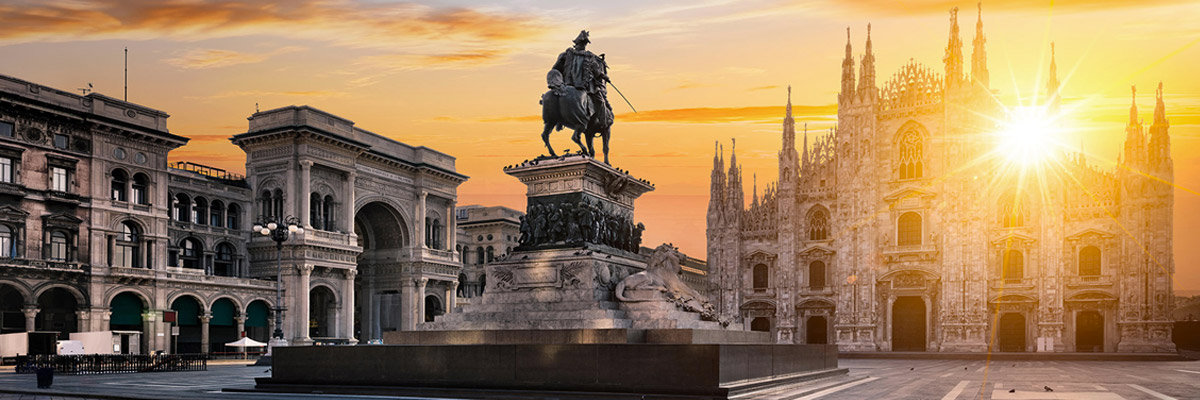Ebrei a Milano, 150 anni di storia (1866-2016). Aperta ad accogliere gli ebrei da angoli diversi del mondo, la comunità milanese oggi è la seconda più grande d’Italia, dopo Roma. Storia, mutamenti, protagonisti. Una vitalità dialettica che ha lasciato il segno nel tessuto cittadino. Da Angelo Sraffa a Prospero Moise Loria, da Leo Valiani a Sabatino Lopez, da Yoseph Colombo a Leo Wachter; dall’Umanitaria all’Università Bocconi, alla Scuola di Via Eupili. Una tradizione costruita sul dialogo, l’accoglienza e la filantropia, dal Risorgimento alle guerre mondiali, fino ad oggi. Quella di Milano è la storia di un mondo ebraico che diede asilo agli ebrei in fuga e che accolse tutti, diventando un modello di integrazione nel tessuto sociale ed economico della Città. Non a caso, fu proprio al Teatro alla Scala che il Nabucco di Giuseppe Verdi restituì agli ebrei l’orgoglio italiano. Ma su che cosa poggia l’identità ebraica milanese? Che cosa significa essere ebrei oggi nel capoluogo lombardo? Gli snodi cruciali, le sfide, i personaggi. Una vitalità dialettica che ha lasciato il segno, capace di guardare al futuro. Scopriamo gli itinerari, i luoghi, le sinagoghe, i ristoranti, i negozi kasher: dal Memoriale della Shoah al Tempio di Via Guastalla, dal Cimitero Monumentale, alla Fondazione CDEC, dalla Casa 770 al miglior hamburger della città, ovviamente kasher.
Milan: a cosmopolitan, entrepreneurial and active Jewish way of life. A community to discover
Jewish in Milan, 150 years of history (1866-2016). Always open to welcoming Jewish people from all over the world, the Jewish community today is second largest community in Italy, after Rome. History, changes, leaders. Lively personalities that left a trace in the city’s cultural life. From Angelo Sraffa to Prospero Moise Loria, from Leo Valiani to Sabatino Lopez, from Yoseph Colombo to Leo Wachter; from Umanitaria at Bocconi University, to the School in Via Eupili. A tradition built on dialogue, acceptance and philanthropy, from the Reinassance to the world wars, up today. Milan’s history is the history of a Jewish world that sheltered fleeing Jews and welcomed everyone, thus becoming an example of integration in the city’s social and economic life. It is no coincidence that Giuseppe Verdi’s Nabucco gave Jews back their Italian pride right at Teatro alla Scala. But what is the foundation of the Jewish identity in Milan? What does being Jews mean toady in this city? The crucial turning points, the challenges, the people. A community that looks forward. Let’s find out about the paths, the places, the synagogues, the restaurants, the kasher stores: from the Shoah Memorial to the Temple in Via Guastalla, from the Cimitero Monumentale, to the CDEC Foundation, from Casa 770 to the best hamburger in town, Kasher of course.



